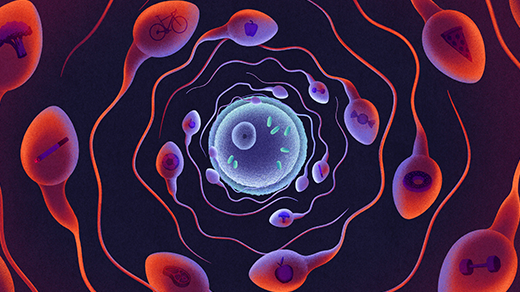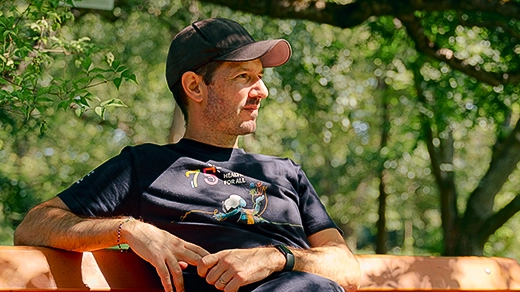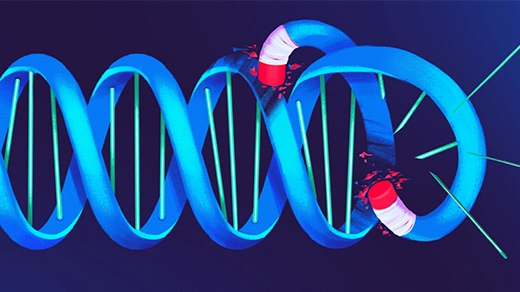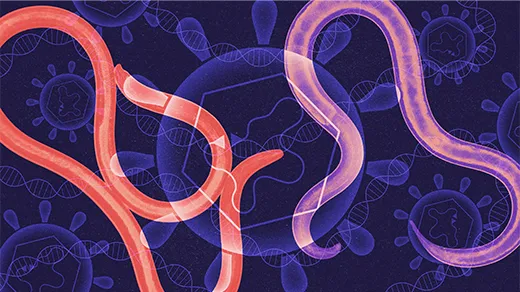What's up in
Genomics
Latest Articles
How Dad’s Fitness May Be Packaged and Passed Down in Sperm RNA
Research into how a father’s choices — such as diet, exercise, stress, nicotine use — may transfer traits to his children has become impossible to ignore.
A Cell So Minimal That It Challenges Definitions of Life
The newly described microbe represents a world of parasitic, intercellular biodiversity only beginning to be revealed by genome sequencing.
The Pursuit of Life Where It Seems Unimaginable
A decade ago, Karen Lloyd discovered single-celled microbes living beneath the seafloor. Now she studies how they can survive in Earth’s crust, possibly for hundreds or thousands of years, and push life’s limits of time and energy.
The Poetry Fan Who Taught an LLM to Read and Write DNA
By treating DNA as a language, Brian Hie’s “ChatGPT for genomes” could pick up patterns that humans can’t see, accelerating biological design.
He’s Gleaning the Design Rules of Life to Re-Create It
Yizhi “Patrick” Cai is coordinating a global effort to write a complete synthetic yeast genome. If he succeeds, the resulting cell will be the artificial life most closely related to humans to date.
The Viral Paleontologist Who Unearths Pathogens’ Deep Histories
Sébastien Calvignac-Spencer searches museum jars for genetic traces of flu, measles and other viruses. Their evolutionary stories can help treat modern outbreaks and prepare for future ones.
The Quest for Simple Rules to Build a Microbial Community
Microbiologists are searching for a universal theory of how bacteria form communities based not on their species but on the roles they play.
To Defend the Genome, These Cells Destroy Their Own DNA
Under a microscope, cells in a worm embryo deliberately eliminated one-third of their genome — an uncompromising tactic that may combat harmful genetic parasites.
Selfish, Virus-Like DNA Can Carry Genes Between Species
Genetic elements called Mavericks that have some viral features could be responsible for the large-scale smuggling of DNA between species.








